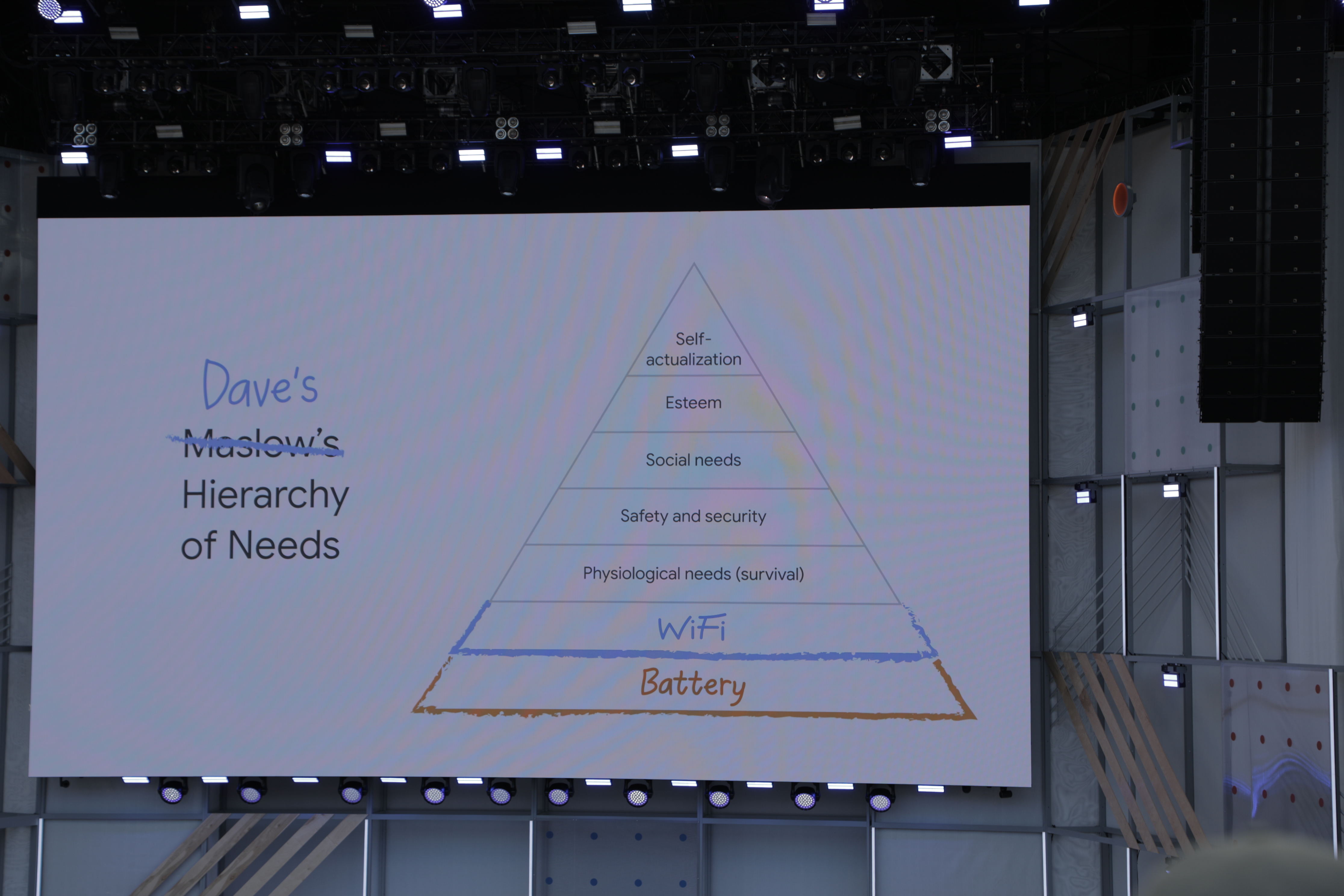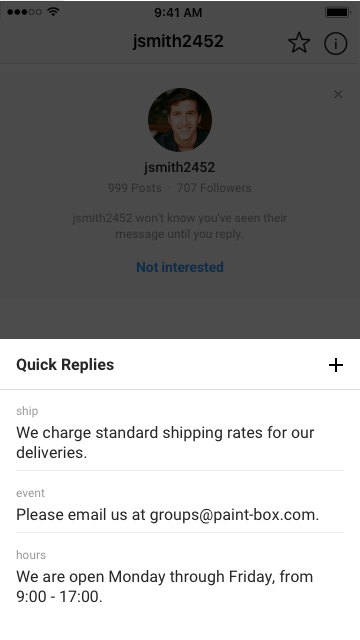Google today announced at its I/O developer conference a new suite tools for its new Android P operating system that will help users better manage their screen time, including a more robust do not disturb mode and ways to track your app usage.
The biggest change is introducing a dashboard to Android P that tracks all of your Android usage, labeled under the “digital wellbeing” banner. Users can see how many times they’ve unlocked their phones, how many notifications they get, and how long they’ve spent on apps, for example. Developers can also add in ways to get more information on that app usage. YouTube, for example, will show total watch time across all devices in addition to just Android devices.
Google says it has designed all of this to promote what developers call “meaningful engagement,” trying to reduce the kind of idle screen time that might not necessarily be healthy — like sitting on your phone before you go to bed. Here’s a quick rundown of some of the other big changes:
- Google’s do not disturb mode is getting additional ways to ignore notifications. Users can turn their phones over in order to automatically engage do not disturb, a gesture that Google is calling “shush.” Google is also reducing visual notifications in addition to texts and calls when do not disturb is activated.
- Google is also introducing a “wind down” mode that activates before users go to bed. Wind down mode changes the screen color to a grayscale, and lowers the brightness over time. This one is geared toward helping people put their phones down when they’re going to bed.
- Users can set time limits on their apps. Android P will nudge users when they are approaching that time limit, and once they it it, the app will turn gray on the launcher in order to indicate that they’ve exceeded the screen time they wanted for that app.
The launch had been previously reported by The Washington Post, and arrives at a time when there’s increasing concerns about the negative side of technology and, specifically, its addictive nature. The company already offers tools for parents who want to manage children’s devices, via Family Link – software for controlling access to apps, setting screen time limits, and configuring device bedtimes, among other things. Amazon also offers a robust set of parental controls for its Fire tablets and Apple is expected to launch an expanded set of parental controls for iOS later this year.
Powered by WPeMatico









